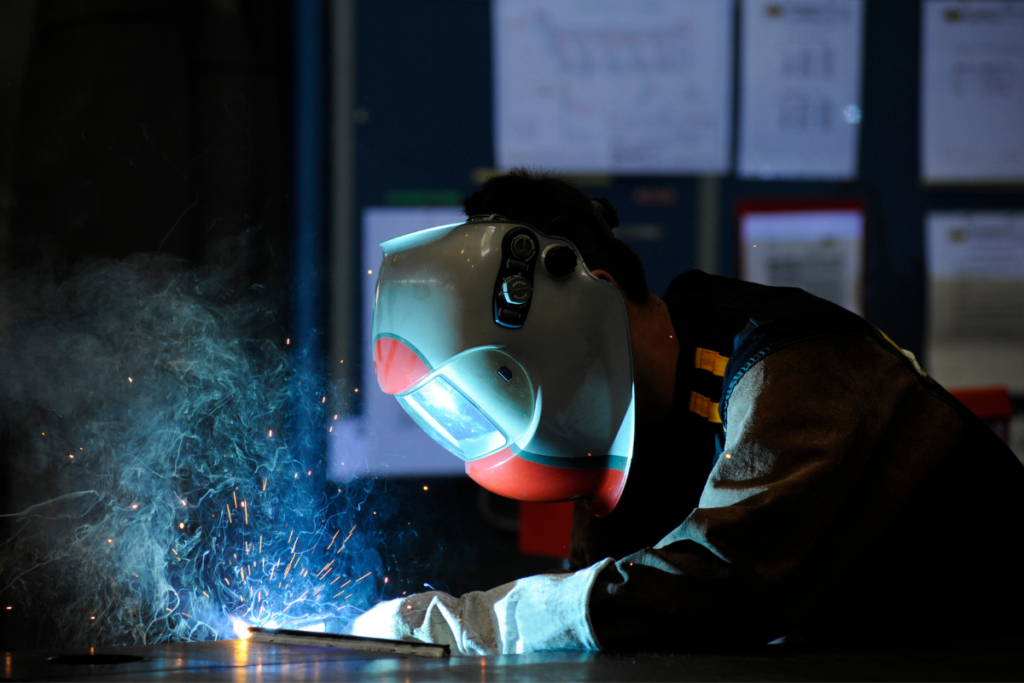The metalworking industry has seen many dramatic changes over the past few decades, including advancements in technology, market globalization, and the evolving human landscape of today’s skilled workforce.
The changing labour force is a relatively new phenomenon. For example, we’re currently experiencing a workplace level of age diversity in recent memory, with four generations – Baby Boomers, Generation X, Millennials, and Generation Z – all working simultaneously. This poses several challenges to employers as each generation has unique needs, workplace expectations, and methods of communication.
However, as most Baby Boomers are expected to retire by the end of this decade, with Gen Xers not far behind, we need to look at how to attract, engage, and retain today’s younger workers to ensure the sustainable growth of our industry.
Generation Gap: Are The Generations That Much Different In The Workplace?
Not surprisingly, safety, security, benefits, opportunities for advancement, skills upgrading and fair compensation are workplace values all generations share. But this is where many of the similarities end, and it’s essential to understand the differences between the generations so you know how to attract younger employees to your company.
Here are some differences that might surprise you:
- Millennials tend to look at managers as peers as opposed to authority figures.
- Baby Boomers and Gen Xers had to learn new technology on the job at an older age. Younger generations grew up with technology and are more comfortable adapting when technology advances.
- Gen Xers value autonomy and the freedom to work independently but are willing to work in teams. In contrast, Millennials seem to thrive more in teams and rely on frequent feedback and ongoing peer support.
- Workplace roles were clear-cut in years past: older workers trained new workers and were the sole resource when someone needed guidance. Younger employees don’t need to rely as heavily on older workers for information as they often will refer to the Internet for information.
- Millennials and Gen Zers don’t want to be “cogs in the machine” but instead want to take an active role in the company’s direction by being part of the decision-making process.
- Younger workers, especially those in Gen Z, grew up in a world that focuses on workplace diversity and gender equity and expect these values to be reflected wherever they work.
- Gen Z workers never knew a pre-Internet world and are used to having fast access to information through their mobile devices. They’re also familiar with advanced technology such as VR/AR (virtual/augmented reality) and artificial intelligence (AI) and will thrive in companies that use them.
Now that we understand the differences between the generations and what younger workers expect from their companies, we can develop strategies to retain the next generation and turn them into tomorrow’s metalworking leaders.
Working Together For A Sustainable Metalworking Industry Tomorrow
Here are some strategies you can use to attract the next generation of metalworking exerts to your company:
Change Your Recruitment Strategies
Many younger workers might have an outdated view of metalworking as carrying out repetitive duties in a cold, dirty production facility. We must communicate to our future leaders that today’s metalworking industry is driven by making decisions to meet our customers’ objectives instead of simply taking orders.
Additionally, recruiters must stress the vital role that CAD software, CNC machining, robotics, AI, and other tech advancements play in our day-to-day operations. This way, we sell metalworking as an established but still emerging industry young people can contribute to.
Read More: Investing In Robotics To Build Organic Growth For Our Customers
Show Them The future
Previous generations saw workers stay with one company for their entire career, often in the same position. The next generation of workers expects multiple opportunities for advancement, so recruiters need to show them the potential career trajectory they can have with your company.
Explain how your continuing education and career development programs will help them achieve leadership positions and how your company’s perks and corporate culture will ensure they’re engaged and fulfilled starting on their first day.
Read More: About Arrow
Bridge The Generation Gap Through Collaboration
Gone are the days when the younger worker had little to teach the metalworking veteran. Retaining younger people is rooted in letting their own skills shine through and acting as mentors for older team members. For example, a Millennial can help a Gen Xer understand how to leverage software that can help them become more efficient and productive. Conversely, the Gen Xer can help their younger protégé hone soft skills that generally come with time, creating more effective leaders faster.
Fostering collaboration between the generations will also help build trust and result in a more harmonious workplace.
Create Social Inclusivity
It’s also essential to strike a balance in social gatherings, as younger people are in a different chapter of their lives than older workers. People are marrying and starting a family later in life these days, so single or childless Millennials and Gen Zers might feel left out if your company only hosts family picnics or events for employees’ children. Instead, they might enjoy an evening at a nightclub or something that involves intense physical activity.
You can run a poll to see what kind of activities interest your employees to help you decide which type of events to run.
As leaders, it’s critical to look to today’s youth to ensure our industry continues to grow. By attracting and retaining young talent with exciting career possibilities and a workplace where they feel safe, supported, and encouraged, we’re helping them create a solid foundation on which they themselves can welcome the workers of the future.
